Distribution Utilities Forum: A stakeholder forum for key actors in electricity distribution sector
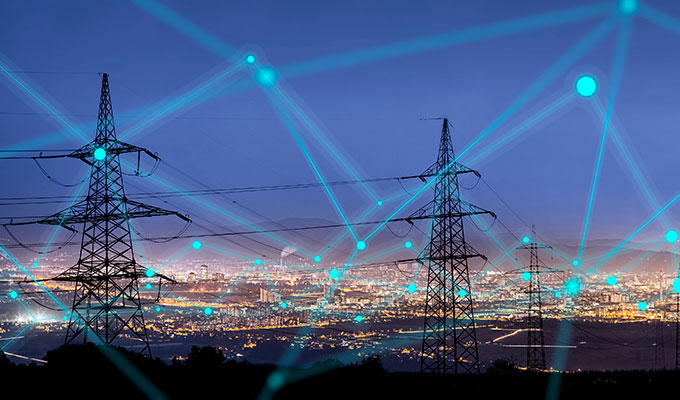
A stakeholder forum for key actors in the power distribution sector
There are more than 50 discoms in the country, the leadership of which never get a chance to meet with their peers in an independent environment to share their views, learnings and challenges or to advocate change. The project seeks to establish a forum to help distribution companies across India come together and share concerns as well as cross learnings.
Energy Storage at the Distribution Level – Technologies, Costs and Applications
The report focuses on helping distribution utilities understand operational-use cases and best practices in terms of energy storage technologies integration. It also highlights the view of developers and system integrators to promote the large-scale adoption of energy storage technologies.
Report Authors: Ram Krishan, Alekhya Datta, Shashank Vyas, Neshwin Rodrigues, Ashish Rawat, Jyoti Sharma, Nilesh Hadiya
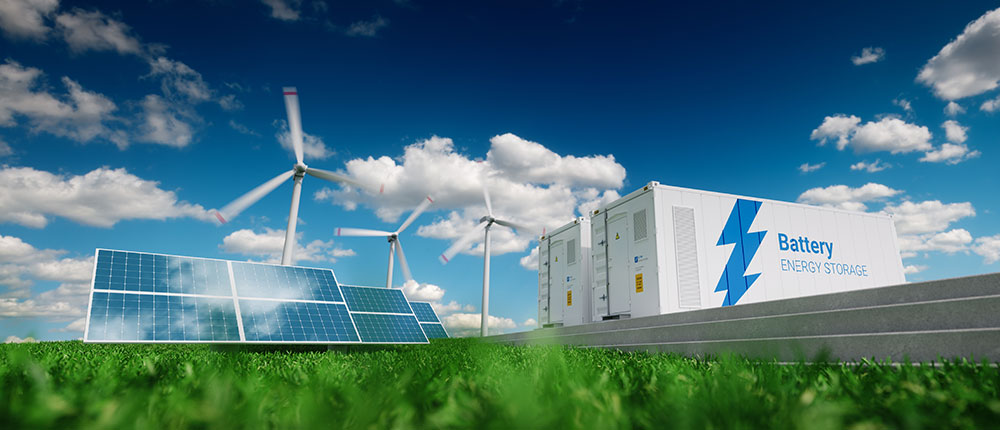
The report 'Energy Storage at the Distribution Level – Technologies, Costs and Applications', is based on a study by TERI which presents not only help distribution utilities to understand the best practices in terms of energy storage technologies integration and operational-use cases followed by other distribution utilities in India but will also present the view of developers and system integrators to bring all stakeholders to a common platform to promote the large-scale adoption of such technologies from the standpoint of distribution utilities.
The report gives an assessment of operational-use cases and application-wise evaluation of economic feasibility of energy storage systems in the Indian context. The high cost of battery storage technologies is being foreseen as a major impediment to the large-scale adoption of such systems; therefore, the report covers the cost trends as claimed by relevant entities. It also presents the global scenario of energy storage deployment vis-à-vis their global commitments, geographical location, economic prospects, and other local conditions.
Through this study, TERI presents the operational challenges faced by DISCOMs and corresponding redeemable revenue streams which can be partly or completely addressed by energy storage systems. These include:
- Peak load management and scope of improving load factor
- Deferring distribution equipment upgrade in congested localities
- Renewable energy integration with energy storage and improving power reliability
- Upgradation in grid connectivity and safety regulations to accommodate stationary battery storage
The discoms' view of solar rooftop integration: Challenges and opportunities
Power distribution companies constitute a crucial link with electricity consumers and can, therefore, help accelerate the growth of solar rooftop sector
Report Authors: Rashi Singh, Rishabh Sethi, Robin Mazumdar
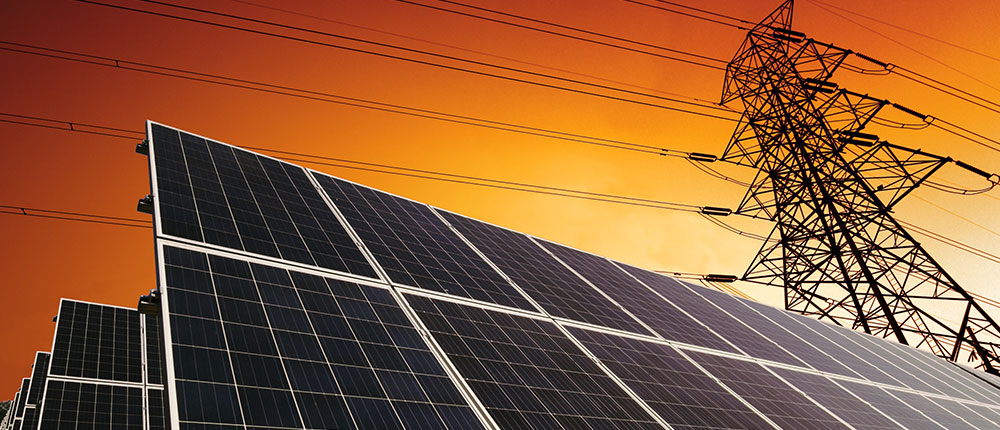
The report 'Solar Rooftop: Perspective of Discoms', based on a study by TERI, highlights the current development of the solar rooftop programme in India. It draws attention to the technical, financial, operational, administrative and regulatory aspects of meeting solar rooftop targets from the viewpoint of electricity distribution companies (Discoms).
The report is part of topics identified by the Distribution Utilities Forum (DUF) on which studies are being undertaken by TERI.
The second report, 'Solar Rooftop: Perspective of Discoms', discusses the opportunities and challenges for Discoms in delivering their solar rooftop targets. Based on literature review and consultations with Discom, it also brings out the various process and practices that some Discoms have put in place to improve their performance and suggests practical solutions to deal with the challenges with respect to solar rooftop common to many distribution companies.
The Saubhagya effect on power distribution utilities: A report
A study to highlight the real and perceived implications on power distribution companies due to the large-scale intensification of rural electrification in India
Report Authors: Bigsna Gill, Astha Gupta and Debajit Palit
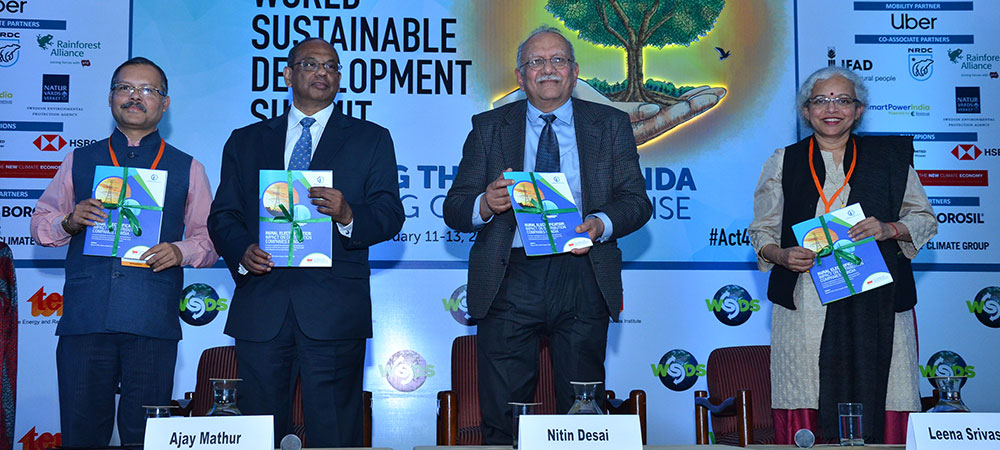
The report 'Rural electrification: Impact on distribution companies in India' is based on a study by TERI. It highlights the perspectives and experiences of power distribution companies (discoms) undertaking intensive electrification under the Saubhagya, the household electrification scheme of the Govt of India.
The report draws attention to the operational, institutional, and financial pressures that discoms have experienced in delivering their targets within constraining timelines. More importantly, the report also brings out the various process and technology innovations that discoms have put in place to improve performance and service. This report attempts to have a deeper discussion on the way forward after Saubhagya is set in motion and establishing a more inclusive decision making outlook between discoms and policy makers.
Electric Vehicles: Perspective of DISCOMS and Stakeholders
The report is a comprehensive assessment of the perspective of power distribution companies and relevant stakeholders associated with the country's EV landscape
Report Authors: Alekhya Datta, Ashish Kumar Sharma, Ashish Rawat, Jyoti Sharma, Mukesh Kumar, Neshwin Rodrigues, Ram Krishan, Shashank Vyas

The report 'Electric Vehicles: Perspective of DISCOMS and Stakeholders' is based on a study by TERI. The transport sector relies heavily on internal combustion engine (ICE) based vehicles that use fossil fuels as the source of energy for propulsion. These vehicles add to the environmental and human health-related issues arising out of the release of toxic gases as tailpipe emissions. Transitioning towards electric vehicles (EVs) can, thus, be a formidable step towards reducing greenhouse gas (GHG) emissions and in laying down a path towards green transportation and sustainable mobility.
A study was undertaken to take a comprehensive assessment of the perspective of distribution utilities and relevant stakeholders associated with the EV landscape in the country, covering all major aspects related to implementation and operation of the e-mobility programme. Extensive interactions with distribution utilities and other stakeholders like OEMs, charge point operators, fleet operators, OMCs and nodal agencies were organised for identifying the challenges and issues with EV charging infrastructure (EVCI) implementation and operation.
Apart from the recommendations made by the stakeholders, TERI has put forward a list of recommendations to address the issues identified. Some of them are locational planning of EVCI, development of smart metering infrastructure in order to implement ToD/ ToU tariff, undertaking technical impact studies, distribution utilities acting as the nodal agency to implement and manage EVCI, encouraging renewable energy based EV charging option, allowing battery swapping as one of the EV charging option, exploring grid flexibility services such as smart charging and V2G, mass-scale campaign and capacity building programme on EVs among other recommendations.
Cost of Supply of Electricity - A Systemic Review and Way Forward for Indian DISCOMs
TERI has identified the significance of adopting embedded cost of supply (eCoS) methodology and has suggested the way forward to enable it
Report Authors: Raghav Pachouri, Balaji Raparthi, Ashish Sharma
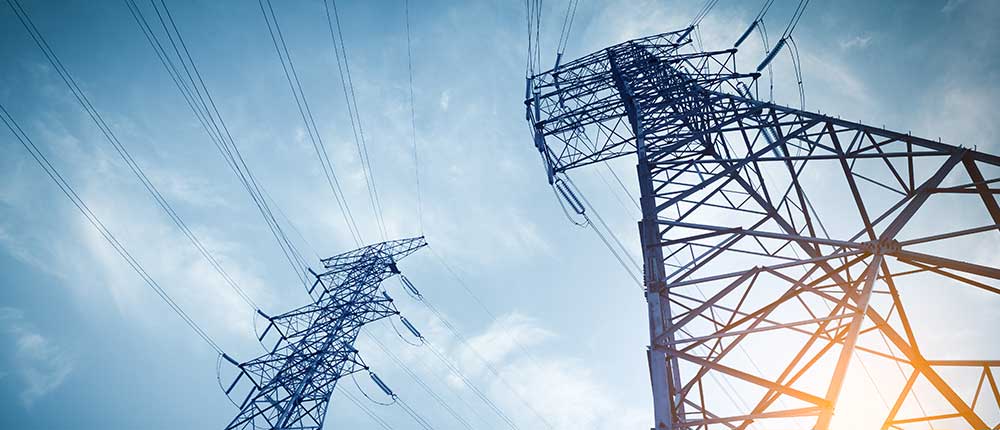
The report 'Cost of Supply of Electricity - A Systemic Review and Way Forward for Indian DISCOMs' is based on a study by TERI. Cost of Supply (CoS) is the cost incurred by the utility to supply one unit of electricity at its consumer's metering point and is a crucial part of the tariff setting process. Cost of supply is calculated by utilities to apportion all costs required to serve consumers of different categories in a fair and an equitable manner giving proper price signals and identifying subsidy/cross-subsidy among consumer categories for developing an appropriate policy and a regulatory way forward.
A study was undertaken with an aim to present the approaches adopted by distribution utilities in India to determine their CoS, identify challenges faced by them in estimating category-wise/voltage-wise CoS and to present a way forward to address these challenges.
TERI, through its extensive research and expertise, has identified the significance of adopting embedded cost of supply methodology and has suggested the way forward to enable ECoS adoption and identified the prerequisites, which are:
- Complete feeder-level and distribution transformer (DT) level metering
- Implementation of enterprise resource planning (ERP) tools
- Periodic load research of utility
TERI has also developed a comprehensive ECoS model for easy adoption by the utilities along with implementation of ERP tools that acts as a prerequisite for the adoption of ECoS approach.
Open Access: Stakeholders' Perspective
The report captures the perspective of various stakeholders from various regions of India to understand the challenges and opportunities associated with implementation of open access in the power sector
Report Authors: Rishabh Sethi, Balaji Raparthi, Ashish Kumar Sharma
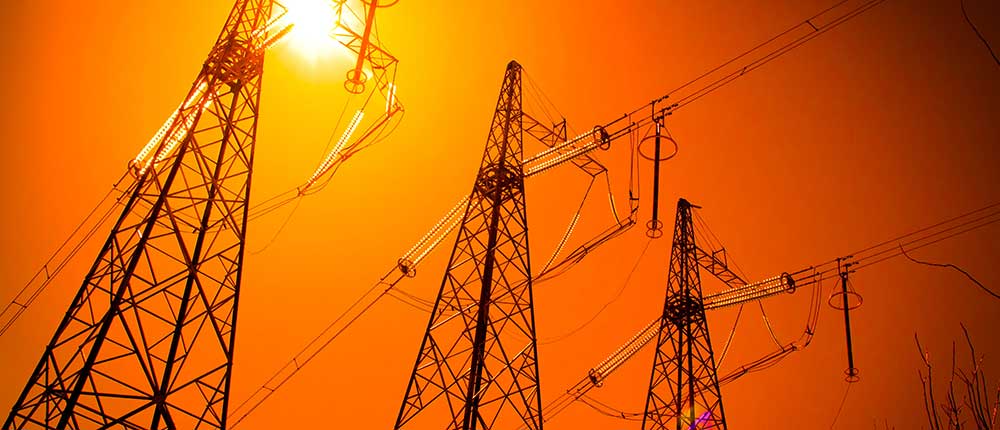
The report 'Open Access: Stakeholders' Perspective' is based on a study by TERI. Introduction of open access (OA) in power sector by the Electricity Act, 2003 was aimed to bring about competition and enable consumer choice. Despite the regulations for OA in inter-state and intra-state transmission and distribution being in place for sufficiently long time, the growth of OA over the past few years has been limited and various issues have mushroomed.
In this regard, TERI interacted with stakeholders (such as distribution utilities, consumers and their association, system operators, and power exchanges) in various regions of India to capture their perspective and understand the challenges and opportunities associated with the implementation of OA. Stakeholder perspective on the five issues, identified by Ministry of Power, was also gathered to rank these issues depending based on their severity with the help of a survey.
By gathering this perspective and analysing current practices along with severity of issues, TERI has put forward recommendations to address the issues identified; these include:
- Regulatory interventions on the issue related to captive/group captive consumers
- Impact assessment and development of tools to distribute financial and operational risks among the different stakeholders
- Roadmap for reduction of cross-subsidy and implementation of direct benefit transfer
- Time-of-day-based OA charges
- Awareness and capacity building of all stakeholders
Regulatory interventions will play a key role in addressing majority of the issues pertaining to OA; addressing the issues in the order of priority could help ease the implementation of OA and, thereby, encourage competition among the stakeholders in the power sector, as envisioned in the Electricity Act, 2003.
